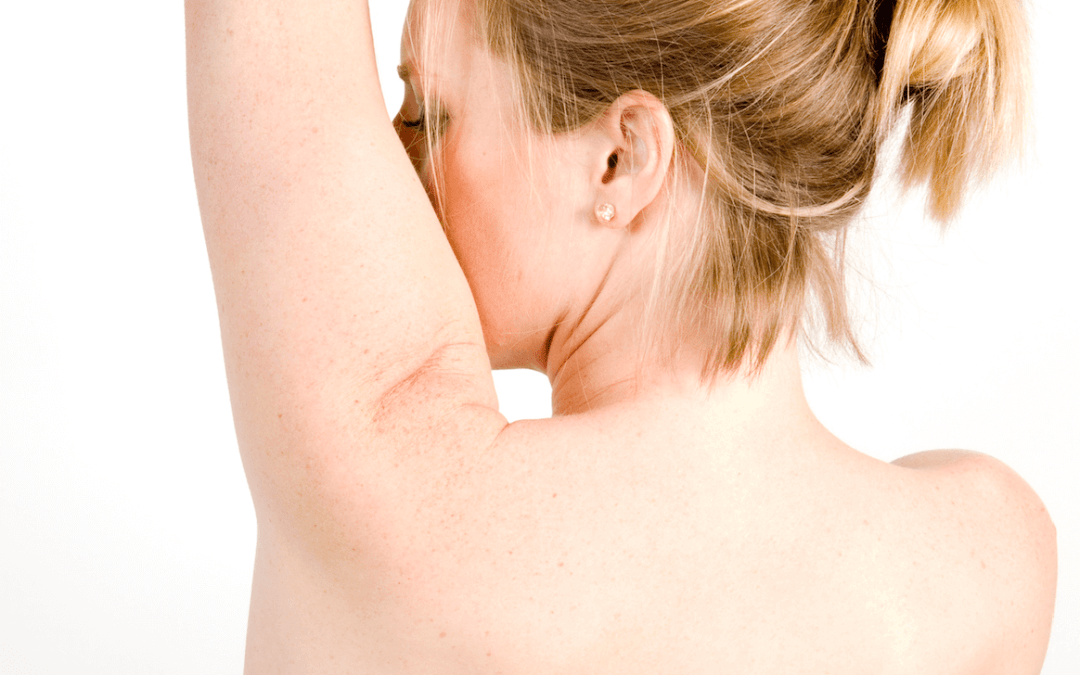In the time between your mammograms, you can take a hands-on approach to early detection of breast cancer by performing self-exams at least once a month at home.
Self-monitoring for breast cancer is a great way to take an active role in your own health. Learning how to give yourself a thorough check isn’t as complicated as you would think. If you’re wondering about your current status, here are a few things to consider before you get started:
Why Are Breast Self-Exams Important?
As many as 40% of women diagnosed with breast cancer sought out diagnoses after detecting a lump during a breast self-exam, according to the National Breast Cancer Foundation. With this in mind, women of all ages should feel empowered to take an active role in their own health by monitoring for changes in their body and speaking up when a concern arises.
Breast self-examinations are especially important for high risk individuals. Women with a strong family history of breast cancer should consider themselves to be at a higher risk of breast cancer. Additionally, if you have had a genetic screening, like the BRCA-1 Breast Cancer Risk Tool provided by EHE, and learned that you have a genetic mutation, self-exams are one of many tools you can use to faithfully monitor your breast health.
How Often You Should Perform a Breast Self-Exam
Screening for breast cancer in the form of a yearly mammogram can begin as early as 40 years old. For women who are at a higher risk of breast cancer, screening may even begin at 30 years old.
Women can start familiarizing themselves with their breast health if they are age 20 or older, performing a breast self-exam at least once a month. Performing these exams more frequently may help you to detect a change early so that you can seek a formal diagnosis and follow-up care.
How to Perform a Breast Self-Exam
. Stand directly in front of a mirror and check your breasts for any changes or symptoms that could indicate abnormalities. Look for dimples, puckering, or inversion of the nipples. Visually inspect your breasts both with your hands on your hips and over your head with your palms pressed together. Lift your breasts, inspecting underneath to see if they are symmetrical where begin your breast exam by visibly inspecting your breastsYou can you breast meets your chest.
After a visual exam, you can use your fingertips to check for changes like lumps or hardening. Press your fingertips to the outside of your breast and move in a circular motion. It’s a good idea to develop a routine or method for making sure you are checking every inch of your breast and armpit.
Applying different variations of pressure during a self-exam is also recommended. A softer touch helps you to inspect the tissues nearest to the skin, while a firmer touch will inspect the tissues deeper in the breast. Complete a full inspection of your breast at one pressure before beginning again at another pressure.
What to Look for During a Breast Self-Exam
It is not abnormal for healthy women to notice changes in their breasts. As you become more familiar with your breasts, you may notice that the way they feel changes in relation to your menstrual cycle. It is also typical for breasts to change as women get older.
During a self-exam, you are looking for symptoms that are outside of the realm of what is normal. Keep an eye out for hard lumps, especially near your underarms. Any rashes, sores, or itching should be further examined by a medical professional. Additionally, look for dimples or puckering on the skin of your breast. If you have discharge at the nipple, pain, or swelling, it is a good idea to consult with your health care provider.
EHE Can Offer Insight
Giving yourself a breast examination can be difficult if you don’t know what to look for, but that’s why EHE is here to help! If you have any questions or concerns about your recent self-check, you can schedule an appointment with our team to learn more about the process.

